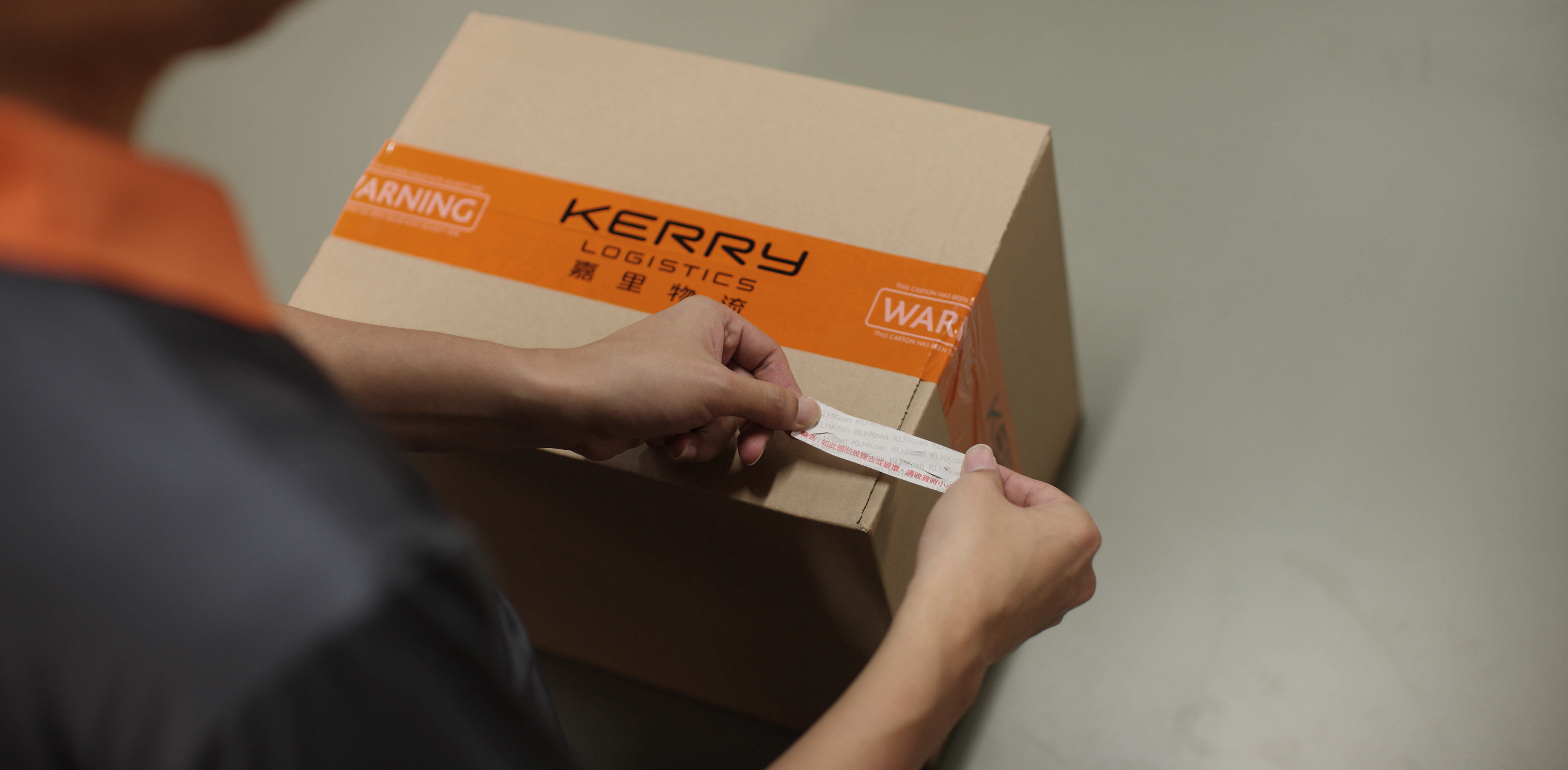
Preparing Boxes for Shipping
Minimize packing errors to ensure timely and intact deliveries.
1. Use Quality Materials
When selecting sturdy packaging, opting for high-quality boxes that are robust and in good condition is essential. You should avoid using boxes showing deterioration signs, such as compression, water exposure, rips, punctures, or other damage.


2. Avoid Unused Space
Minimize vacant space in your packaging. Use appropriate filler materials to ensure items are cushioned away from the box's edges. Choose a box that fits the item well to protect contents and reduce waste.


3. Handling Heavy Cargo
For heavy items, select packaging that supports their weight. If practical, spread the load over several boxes, with heavier items needing palletisation.


4. Seal with an H
Use strong packing or duct tape for a robust seal, applying the 'H' method to all seams and doubling up on top and bottom flaps. For boxes over 30 kg, add strapping for reinforced security.


5. Individual Package Shipping
Each package should be shipped individually, and binding multiple packages together should be avoided to reduce the risk of damage or separation during transit.


You Might Also Be Interested In
Preparing your Pallets for Shipping
Shipping LCL? Check out our FAQ for all you need to know


